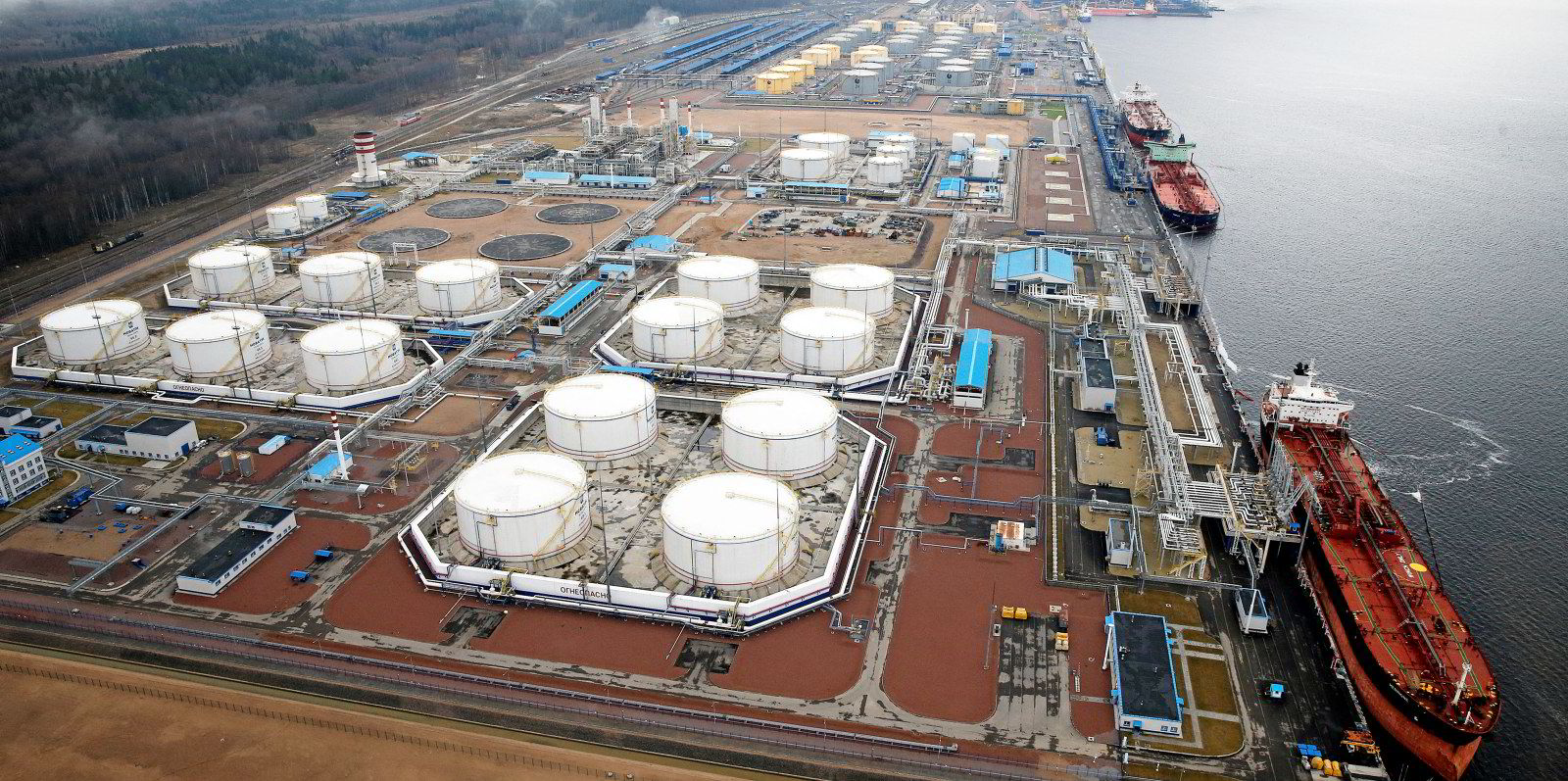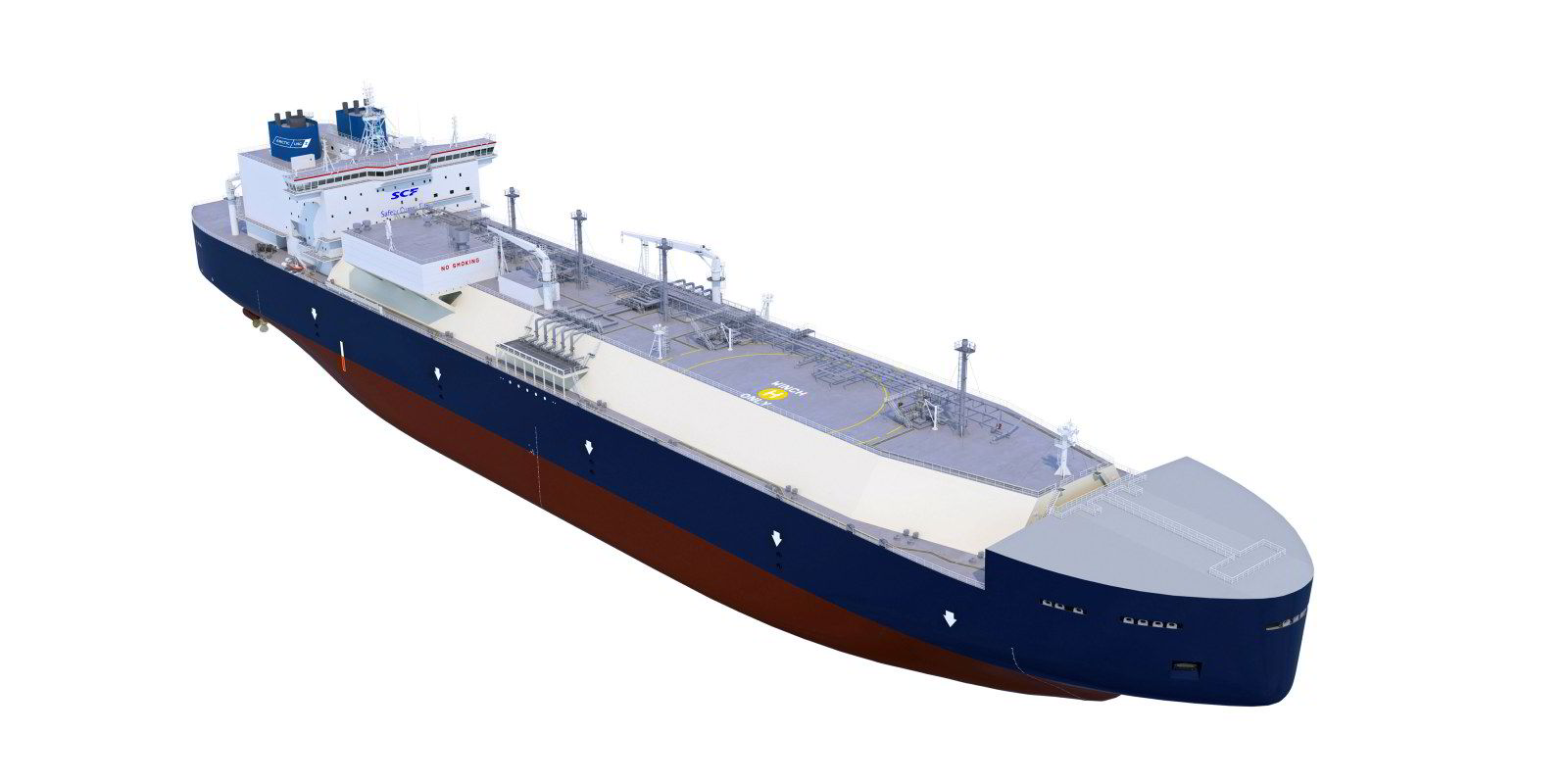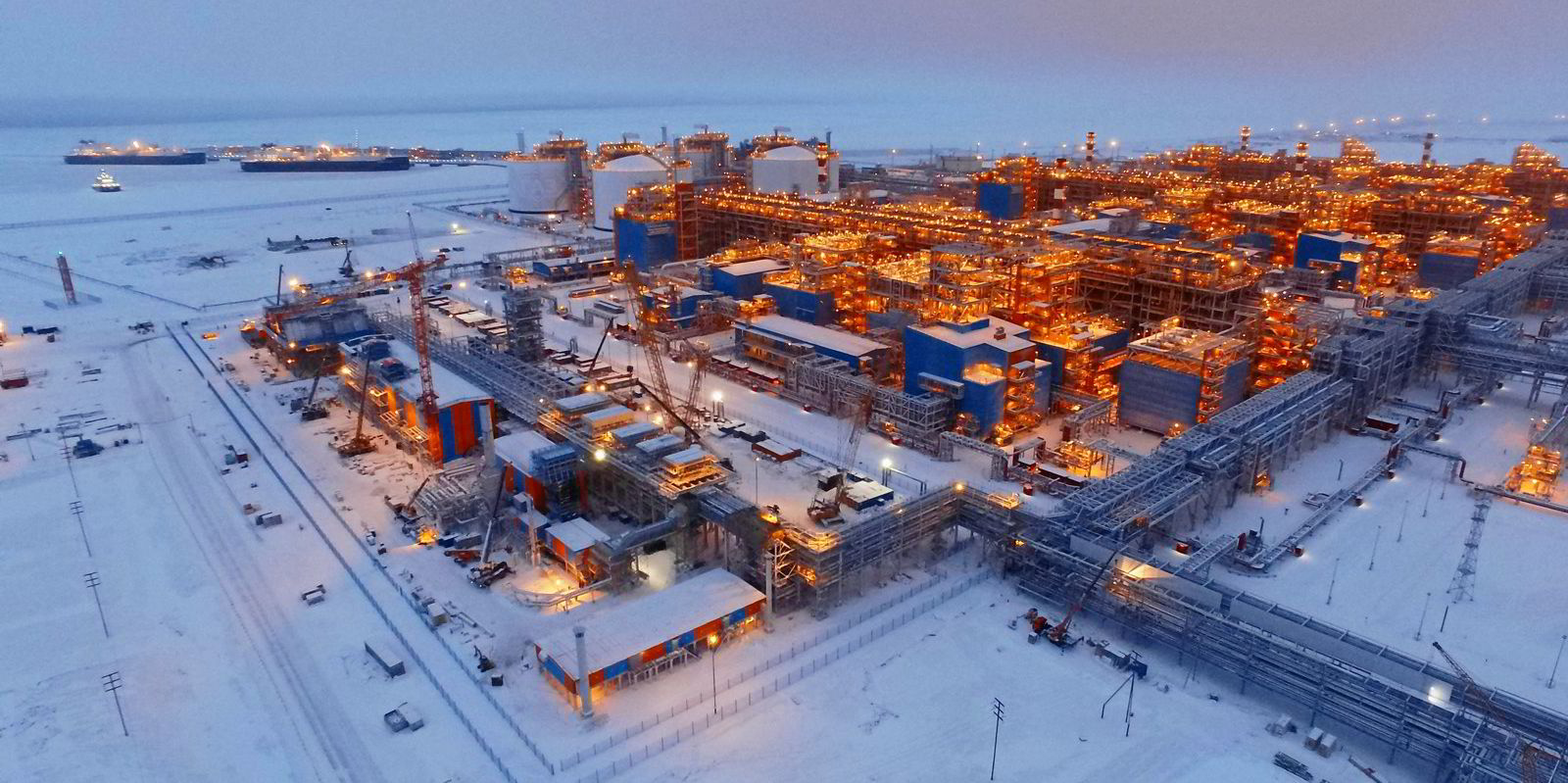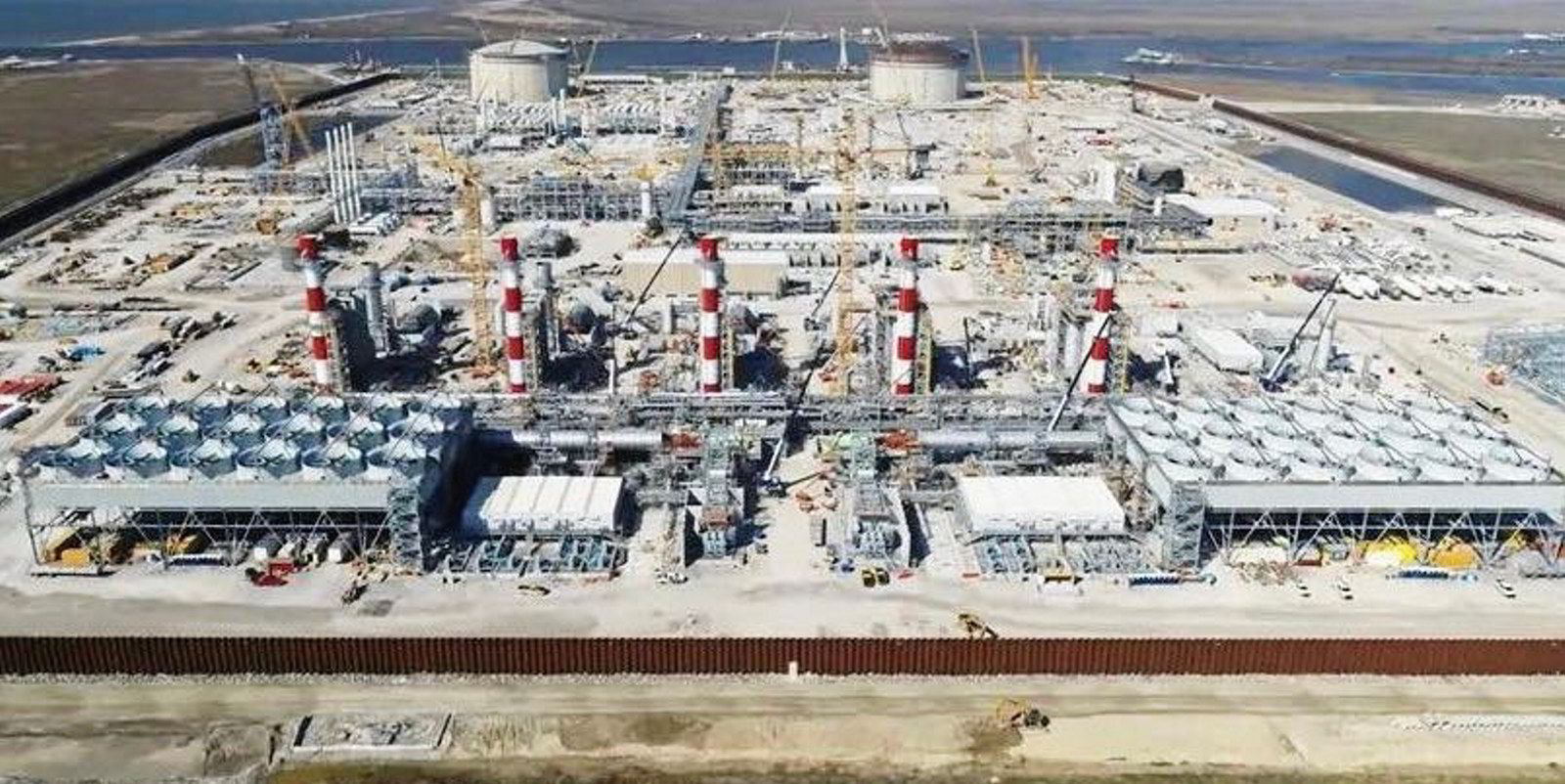Russian giant Gazprom is battling to breathe fresh life into pipeline-backed liquefaction project Baltic LNG, and has been taking an early look at the likely shipping requirements for the project.
Gazprom believes it will need up to 15 LNG carriers for the project that has been under consideration now for almost 20 years, according to sources close to the company.
They said work on the vessels is unlikely to begin much before the end of the year and will more likely kick-off in 2022, as the company is now considering a 2026 start date for the project.
Construction work on the two-train facility started on the site on 21 May in a high-profile ceremony.
Gazprom is developing the Ust-Luga site together with project partner RusGazDobycha, which is controlled by oligarch Artem Obolensky.
Tentative
Industry players following the project said the number of vessels is tentative as Gazprom has not yet got a clear idea of its markets for these volumes.
There is also a question over where they might be built. Russia has been keen to make a move into LNG carrier construction, pushing its Zvezda Shipbuilding Complex in the country’s Far East forward to build the ships domestic gas company Novatek needs for its Arctic LNG project.
But these will likely occupy Zvezda — which is working with Samsung Heavy Industries on construction of the Novatek ships — for several years. It would have to get to grips with the more complex construction required for LNG vessels and it is unclear if the yard would have capacity to handle Baltic LNG’s tonnage.
Gazprom also has a number of LNG carriers on time charter that could be used to help kick-start shipments from the project and would need to be taken into consideration when planning newbuildings.
Long-planned
Baltic LNG has been through multiple transformations since it was first proposed in 2024.
Under its latest guise, which was unveiled by Gazprom in March 2019, a liquefaction facility would be built at the Ust-Luga gas processing plant near St Petersburg on the Baltic Sea coast.
This would have capacity to export 13 million tonnes per annum of LNG. Some 4 mtpa of ethane and 2.5 mtpa of LPG would also be available for shipment from the plant.
Feedstock gas would be supplied by pipeline from Gazprom’s reserves in northern Siberia.
Russia appears intent on bringing the project online. But it was knocked back over the years as Gazprom struggled to attract foreign cash to finance the $25bn to $30bn development and is now dependent on raising the fund at home, or looking for new foreign investors.
More recently, this year reports emerged in the Russian press that the engineering, procurement and construction contractor for the project had left or was being replaced.
Talk of Baltic LNG comes as the controversial Nord Stream 2 gas pipeline from Ust-Luga to Germany is prepared to come on stream amid concerns about Gazprom’s efforts to control supplies of gas to Europe, where inventories have been depleted on the back of lower Russian pipeline supplies and higher LNG demand from Asia.







